- October is CLIA’s Cruise Month – an opportunity to celebrate the fact that Australia is the fourth biggest cruise market
- This year, we have less capacity and some of our smallest fleet, driving passengers to fly overseas.
- Yet Canberra – and Tourism Minister Don Farrell – are missing in action when it comes to creating a welcoming environment for cruise ships.
Next week, Cruise Lines International Association (CLIA) Australasia launches Cruise Month, four weeks of celebration where cruise lines unveil their best offers and travel agents inspire their clients to book the voyages of a lifetime.
The excitement coincides with the start of our 2024–25 wave season. Sydney Harbour will host a dazzling line-up: Silver Nova, Disney Wonder, Carnival Luminosa, Celebrity Edge, Celebrity Solstice, Crown Princess, and Royal Caribbean’s Anthem of the Seas.
For passengers, it’s a season to remember – a reminder of the joy and energy that cruising brings to Australia.
Cruise Month is here. The ships are here. The passion is here. What’s missing is Canberra.
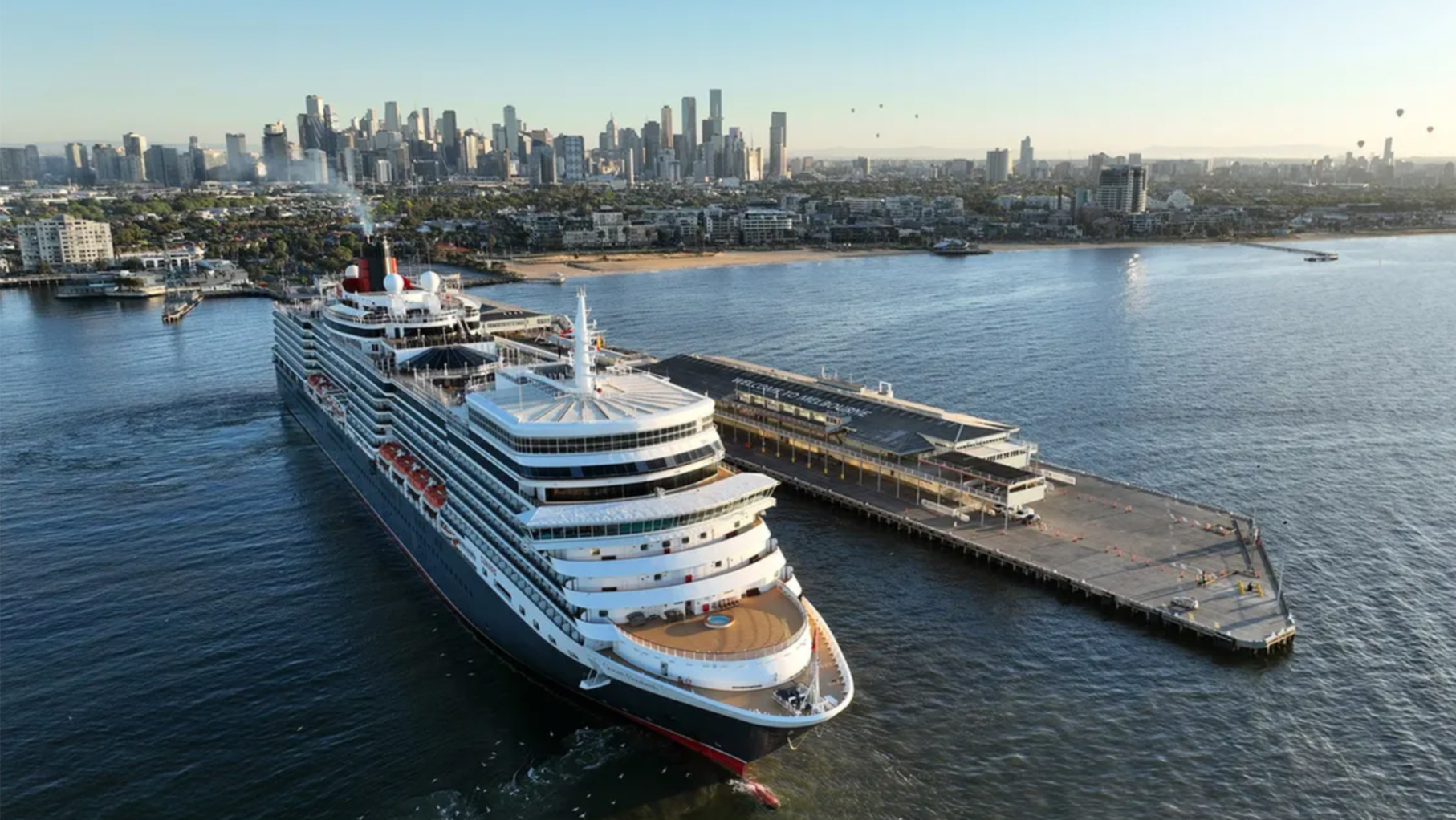
A market that still needs to solve its problems
But beneath the celebrations lies a harder truth: Australia still faces a cruise capacity shortage.
In the last two seasons, up to 40% of ships that once came here have been sent elsewhere – to the Caribbean, Asia, and North America. The reasons were clear: our weak dollar, punishing port fees, heavy regulations, and the ability of other regions to deliver higher yields at lower cost.
And yet, things are shifting:
The Australian dollar is strengthening, and analysts say it could reach 70 cents against the US dollar. That makes Australia more attractive, improving yields for cruise lines just as prices in the U.S. market are falling.
Cruise lines are once again looking for opportunities in our region. What’s missing is the willingness of our government to meet them halfway.
What we need to do
The biggest barriers are not passenger demand – Australians are among the world’s most passionate cruisers – but government policies and port charges.
- Sydney remains one of the most expensive ports in the world, costing twice as much as New York to berth a ship.
- Federal regulations continue to create hurdles for international operators.
- Unlike the UK and New Zealand, which has developed a whole-of-government Cruise Growth Plan, Australia has shown no such ambition.
Cruise Passenger has been calling for a national cruise strategy for weeks. It is a strategy supported by Cruie Lines International Association Australasia. And it was backed just last week by Matthew Rutherford, the new boss of Princess Cruises in APAC one of the biggest players in our region.
He promised to fight for more ships for our local ports if regulation could be cleared.
His support shows the industry is ready. The question is: why isn’t Canberra?
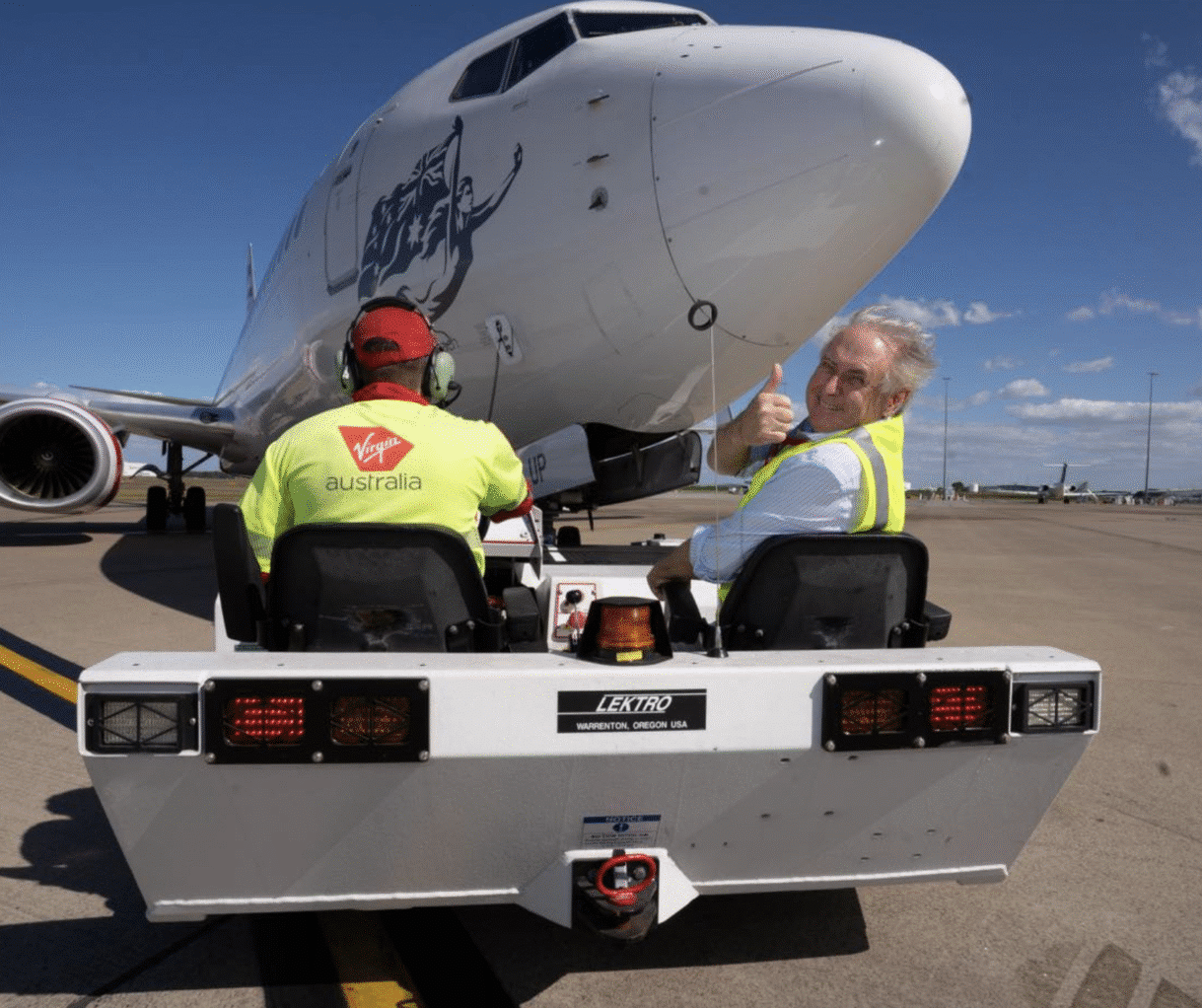
Don Farrell’s silence
For four weeks, Cruise Passenger has written directly to Tourism and Trade Minister Don Farrell. Four weeks, four letters. And yet, no response. No meeting, no indication of engagement, and no recognition of the urgent need for a government-industry partnership.
This silence is in stark contrast to our neighbours:
- New Zealand’s tourism minister convened a cruise summit to discuss how to bring ships back.
- The UK Government has already launched its comprehensive Cruise Growth Plan, embedding cruise in its tourism strategy, streamlining borders, and funding workforce training.
.Australia, the world’s fourth-largest cruise market, remains without a plan.
Cost of inaction
The stakes could not be clearer. Tens of thousands of Australians are now forced to fly overseas to cruise, spending their money in Miami, the Caribbean, and Europe instead of in Sydney, Brisbane, Hobart or Cairns. That is money that should be flowing into our hotels, restaurants, tour operators, and regional communities.
Every lost ship means lost jobs, lost spending, and lost opportunities for small businesses that rely on cruise tourism.
Australia is the world’s fourth-biggest cruise market – but without action, we’re exporting our passengers overseas when thy want to cruise here.
Our message to Don Farrell
This is why we are calling on Senator Farrell and his colleagues to act. The solution is simple but urgent:
- Convene a Cruise Summit – bring together federal and state governments, port authorities, CLIA, and cruise lines.
- Cut Red Tape and Port Costs – remove barriers that make Australia uncompetitive.
- Show Industry We’re Serious – follow the UK model by embedding cruise into national tourism and trade strategies.
Such a summit would send a clear message to the world’s cruise lines: Australia welcomes cruise.
Cruise Month will shine a light on just how much Australians love cruising. Travel agents will be busy, passengers will be excited, and the ships arriving this October will fill our harbours with colour and life.
But behind the scenes, the structural problems remain. Unless Canberra acts now – decisively and ambitiously – the celebration may prove short-lived.






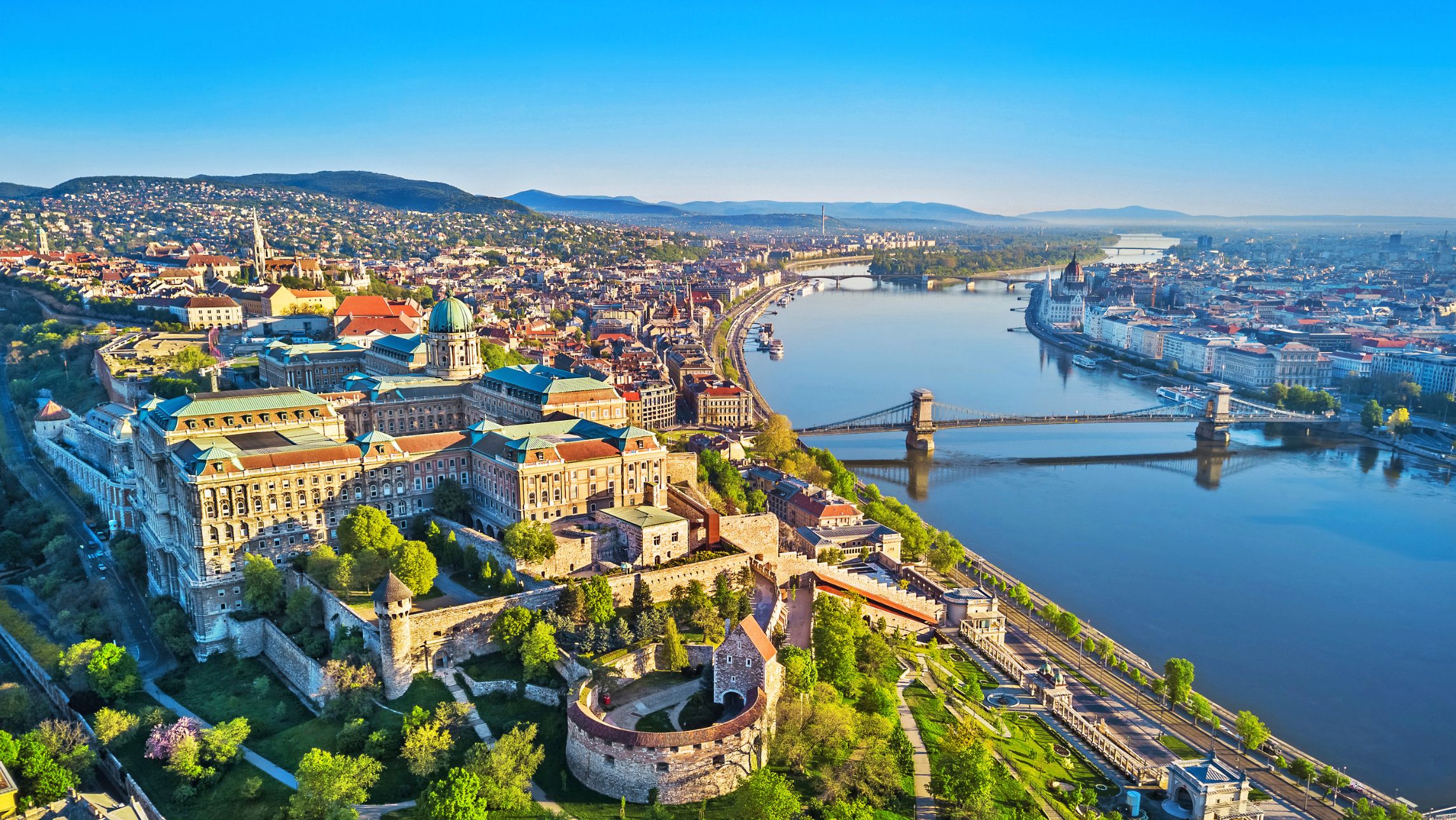
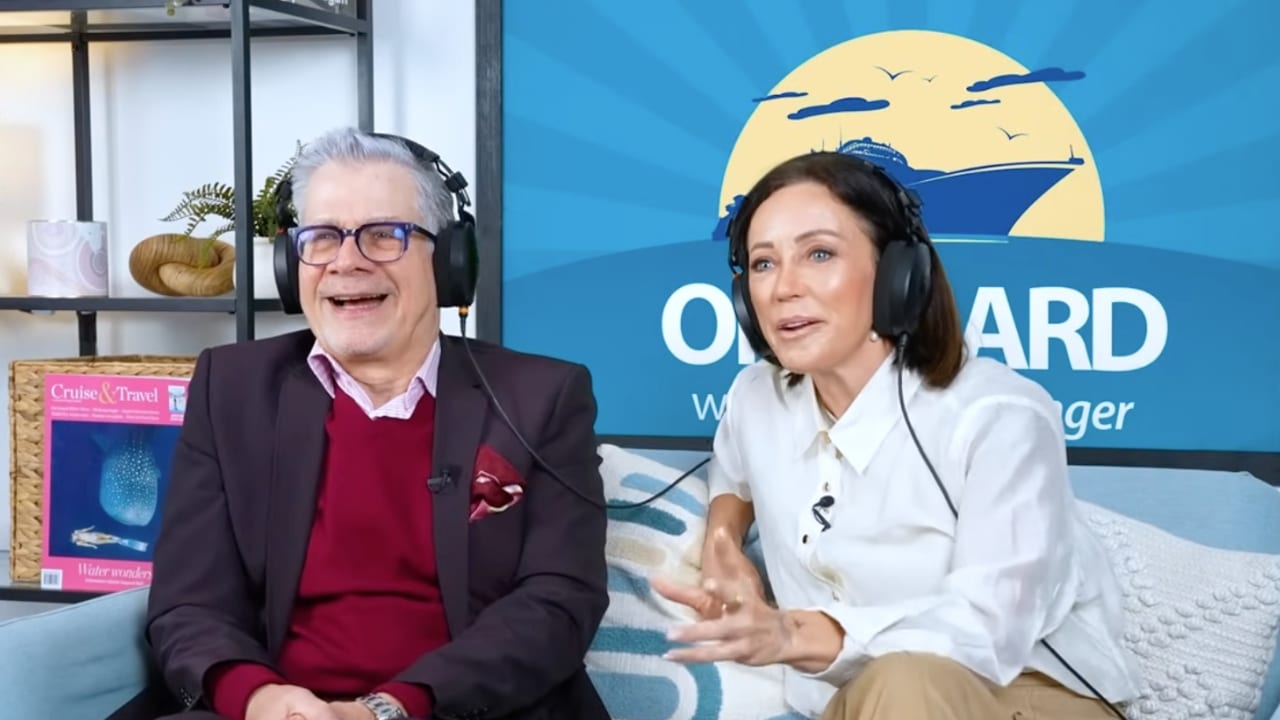
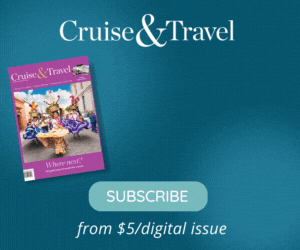
It’s not the tourism minister’s job to bring cruise ships here just to send profits overseas. They’re not Australian businesses and, as shown by P&O being shutdown and Australian staff cut, very little money stays in Australia and there is no loyalty here.
As for port charges, Sydney could be free – making Australians subsidise cruise lines more – and they still would have the same number of ships here. The passenger pays the cost, not the cruise line so they don’t care, and it’s a negligible amount, much less than the fare increases cruises have taken.
All that argument does is take funding away from health, or education and make taxpayers pay more to subsidise cruise companies to make their fares look marginally cheaper – not that a reduction of say $20 in a fare will swing anyone’s booking dial about a cruise cost.